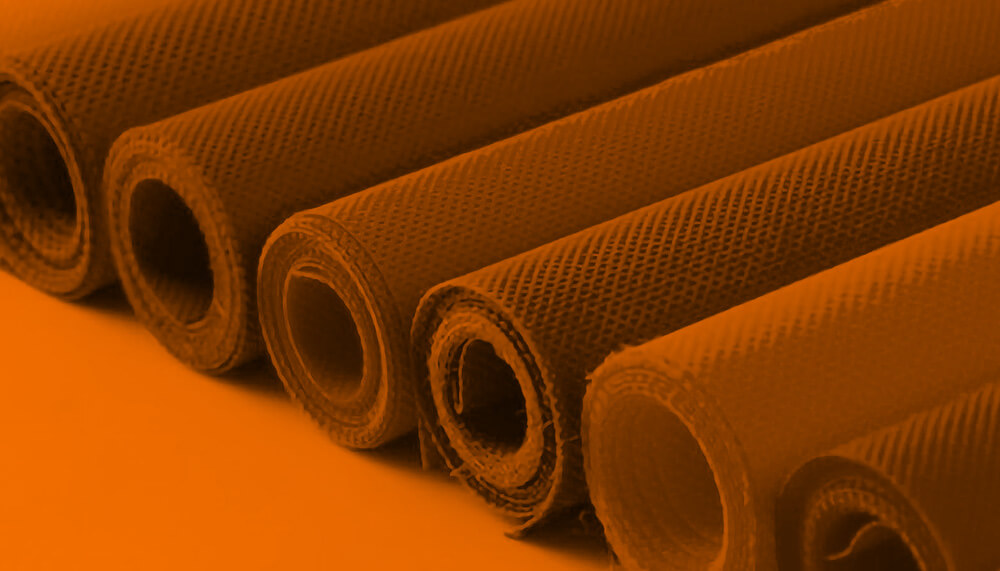How Should the Fabric Selection for Medical Garments Be?
The fabric selection for medical garments should be carefully considered based on the intended use, functional requirements, and comfort. Medical garments typically require properties such as hygiene, durability, mobility, and fluid resistance. Here are some factors to consider when determining suitable fabrics for medical garments:
Hygiene: It's important for medical garments to be hygienic, so fabrics that are easily cleaned and disinfected should be preferred.
Durability: Garments worn in hospital environments are frequently laundered and disinfected, so they should be made from durable fabrics that can withstand repeated washing and maintain their integrity over time.
Mobility: Medical personnel need to move comfortably, so fabrics that are flexible and elastic should be chosen to prevent restrictions during daily activities and ensure ease of movement.
Fluid Resistance: Medical garments, especially for those working in surgical areas, should be fluid-resistant or waterproof to prevent the passage of fluids onto the skin or undergarments.
Breathability: Garments should be breathable to keep medical personnel comfortable and cool. Fabrics that allow airflow and reduce sweating should be selected.
Allergic Reactions: Fabrics that may cause allergic reactions in medical personnel should be avoided. Therefore, hypoallergenic and skin-friendly fabrics should be preferred.
In conclusion, the fabric selection for medical garments should take into account the usage area and requirements. Factors such as hygiene, durability, mobility, fluid resistance, breathability, and allergic reactions play a significant role in determining the appropriate fabric.















